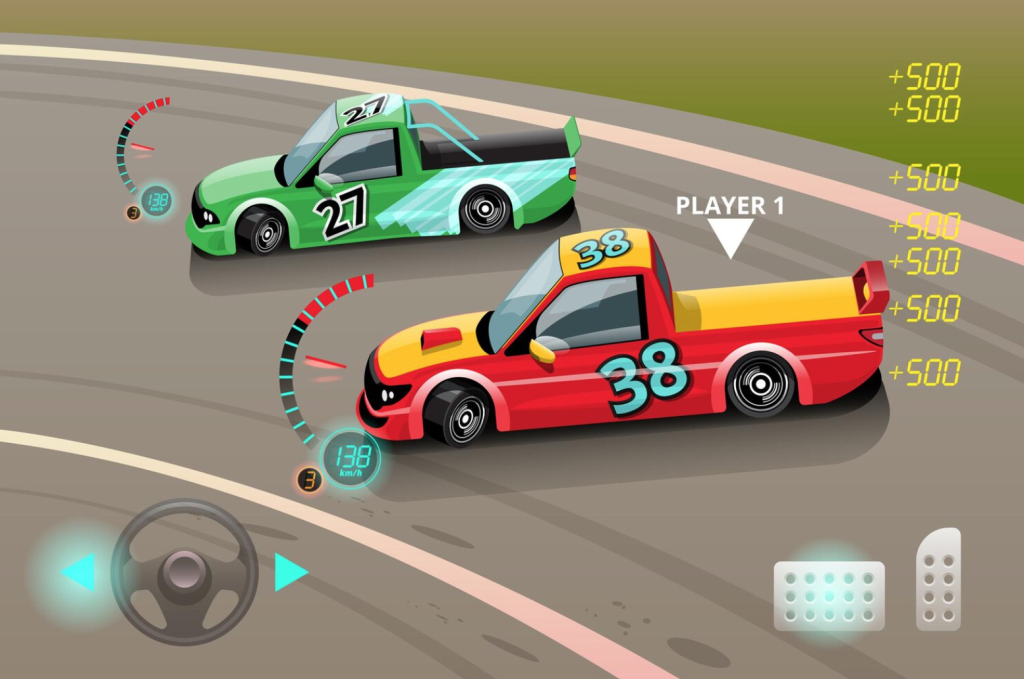Introduction: Fine-tuning your suspension system is essential for achieving optimal handling, stability, and control on the road or track. By customizing your suspension settings, you can tailor your vehicle’s dynamics to suit your driving style, road conditions, and performance goals. In this guide, we’ll delve into the intricacies of suspension customization, providing practical tips and techniques for achieving the perfect setup for your car.
- Understanding Suspension Fundamentals:
- Suspension components: Explaining the role of springs, dampers (shock absorbers), anti-roll bars (sway bars), and bushings in controlling vehicle motion.
- Suspension geometry: Discussing concepts such as camber, caster, toe, and ride height and their effects on handling characteristics.
- Suspension types: Differentiating between common suspension setups like MacPherson struts, double wishbones, and multi-link suspensions.
- Assessing Your Driving Needs and Preferences:
- Defining your goals: Identifying whether you prioritize comfort, performance, or a balance of both in your suspension setup.
- Analyzing driving conditions: Considering factors such as road surface quality, cornering speeds, and driving environment (street vs. track).
- Determining vehicle usage: Tailoring suspension settings to suit daily commuting, spirited driving, autocross, or competitive racing.
- Suspension Tuning Techniques:
- Spring rates: Adjusting spring stiffness to control body roll, dive, and squat during cornering, braking, and acceleration.
- Damper settings: Fine-tuning damping forces to control oscillations and maintain tire contact with the road surface under varying conditions.
- Anti-roll bar adjustments: Balancing understeer and oversteer tendencies by altering the stiffness of the front and rear anti-roll bars.
- Ride height adjustments: Optimizing ride height for aerodynamic efficiency, weight distribution, and suspension geometry alignment.
- Alignment settings: Setting camber, caster, and toe angles to maximize tire contact patch and cornering grip while minimizing tire wear.
- Bushing upgrades: Upgrading to stiffer or adjustable bushings to reduce compliance and improve steering response and feedback.
- Testing and Fine-Tuning:
- Incremental adjustments: Making small, incremental changes to suspension settings and evaluating their effects on handling and ride quality.
- On-road testing: Conducting test drives on familiar routes to assess suspension behavior and make real-time adjustments.
- Track testing: Fine-tuning suspension settings during track days or autocross events to optimize performance under high-speed conditions.
- Data logging and analysis: Using telemetry data and feedback from vehicle sensors to identify areas for improvement and refine suspension setup.
- Seeking Professional Assistance:
- Suspension specialists: Consulting with experienced suspension tuners or automotive engineers for personalized recommendations and assistance with complex setups.
- Suspension dyno testing: Utilizing suspension dyno testing facilities to measure and analyze suspension performance parameters under controlled conditions.
- Corner balancing: Ensuring proper weight distribution and balance by corner balancing the vehicle to optimize grip and handling characteristics.
Conclusion: Customizing your suspension system is a continuous process of experimentation and refinement aimed at achieving the perfect balance between comfort and performance. By understanding suspension fundamentals, assessing your driving needs, and employing tuning techniques effectively, you can tailor your suspension setup to deliver optimal handling, stability, and control on any road or track. Whether you’re a weekend warrior or a seasoned racer, investing time and effort into suspension customization will elevate your driving experience to new heights.



